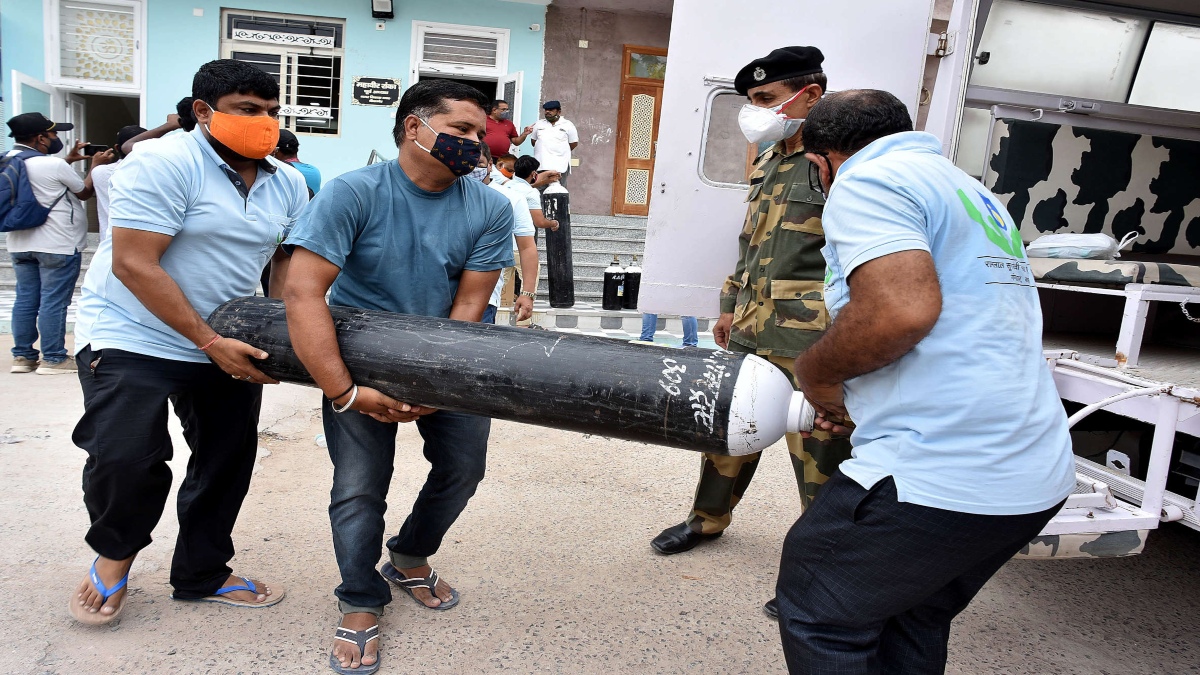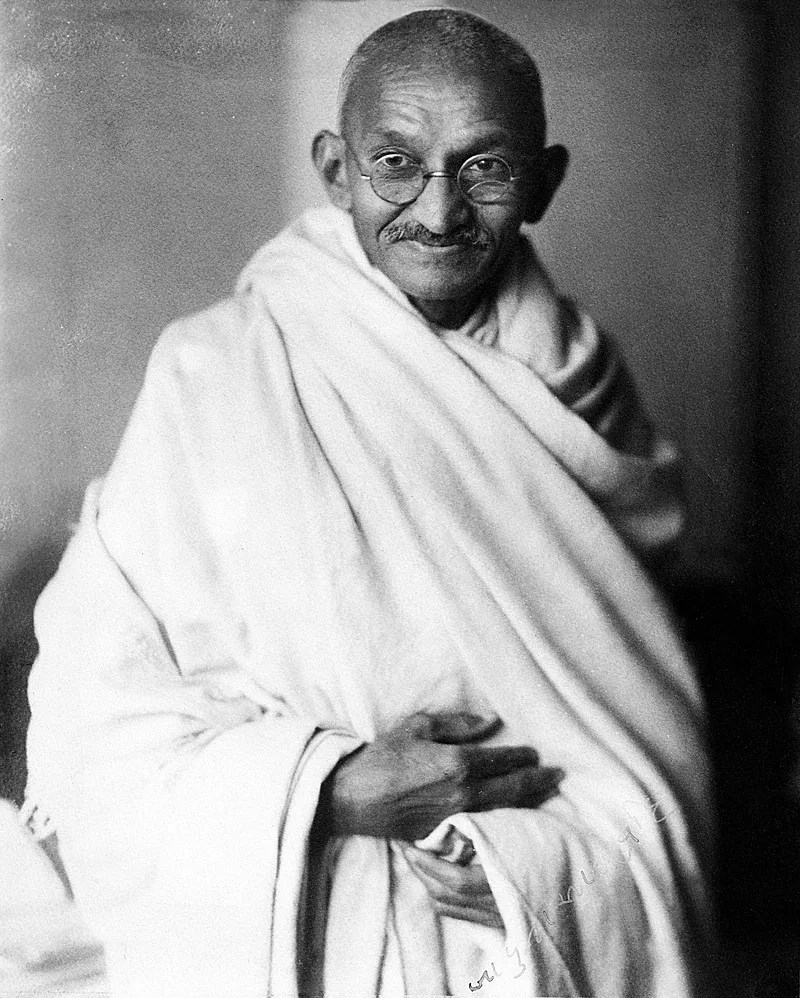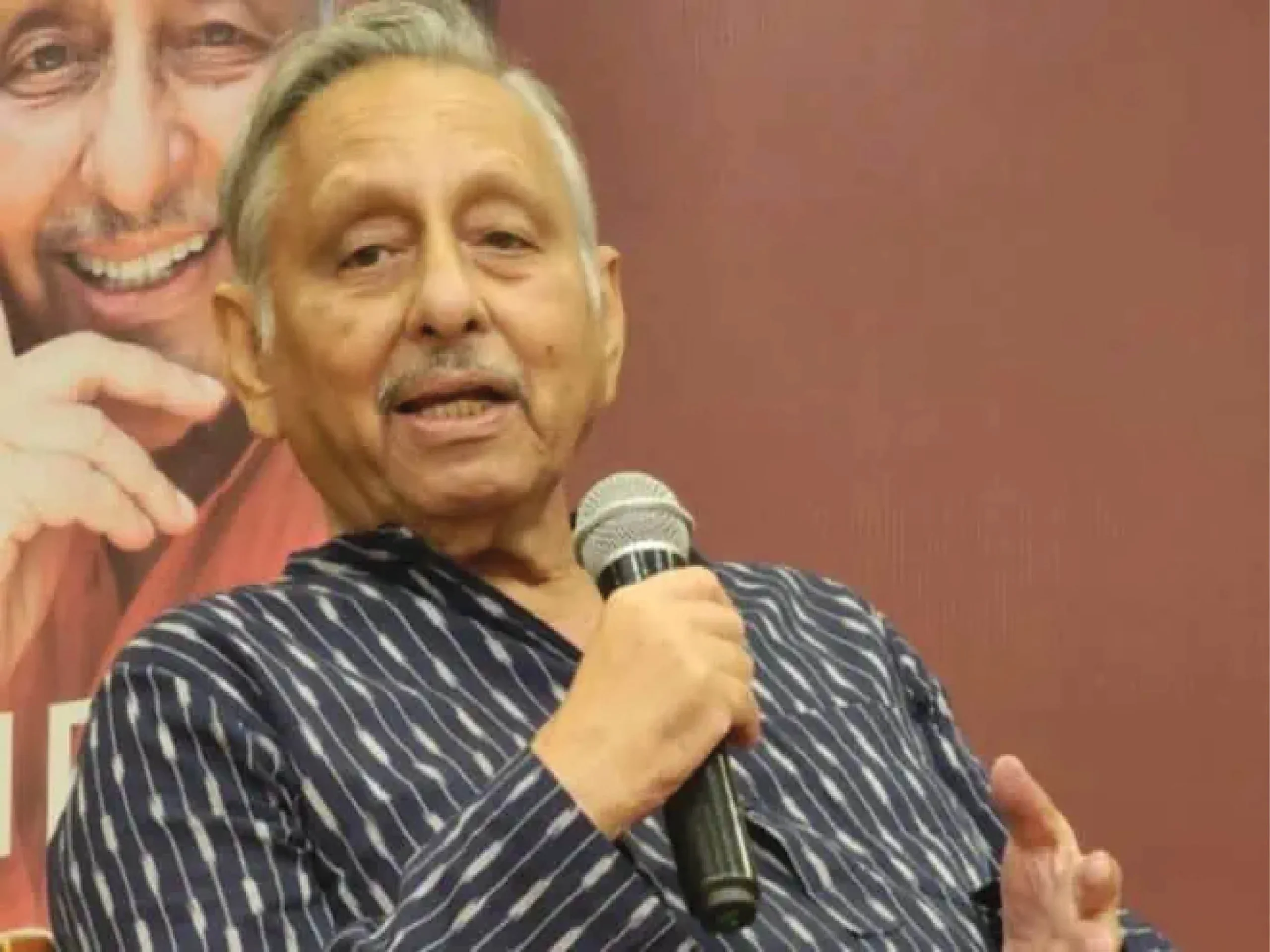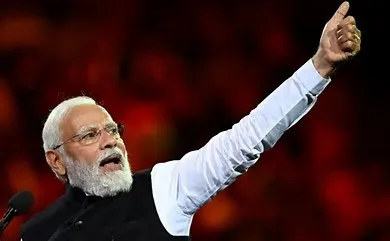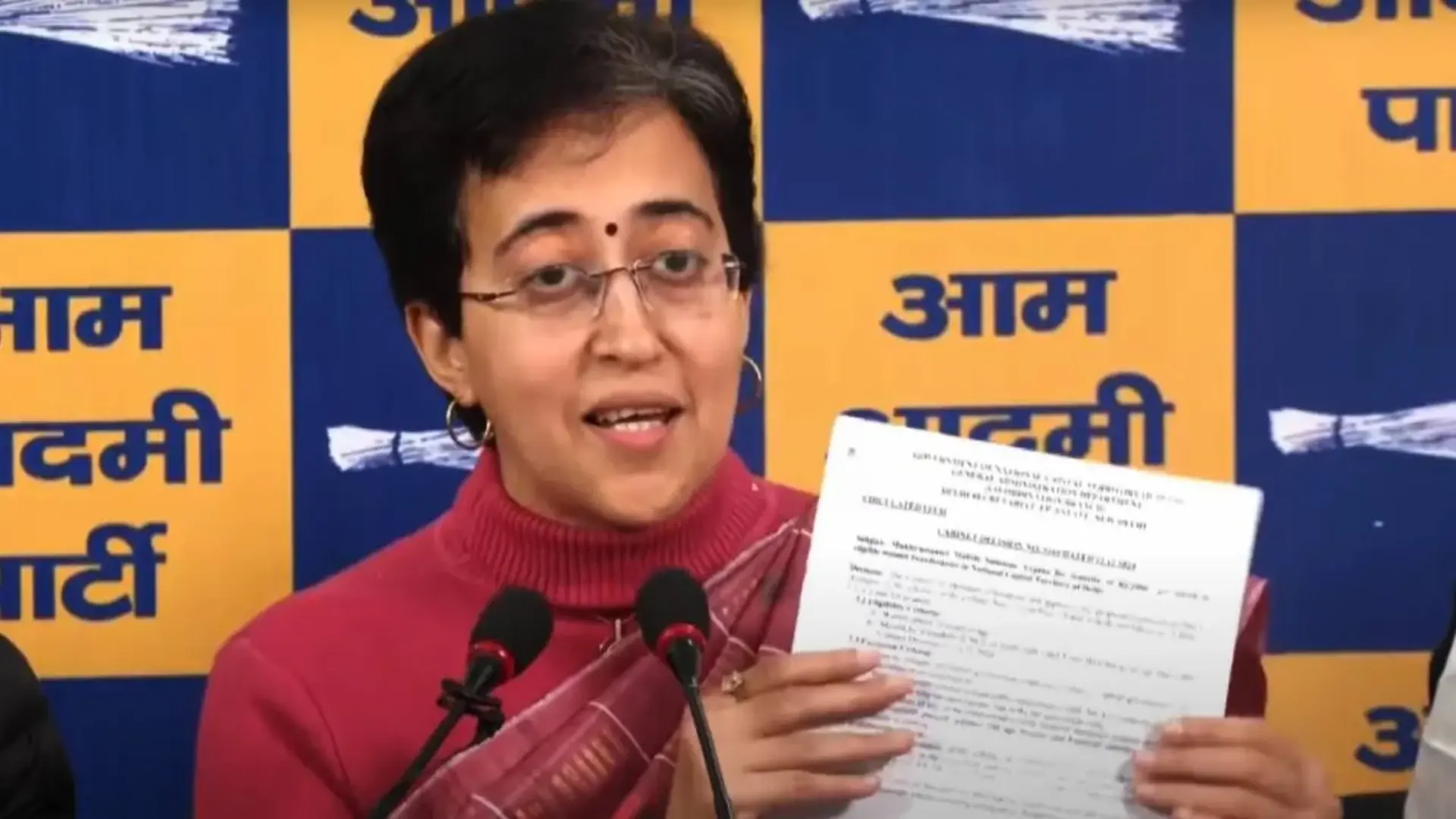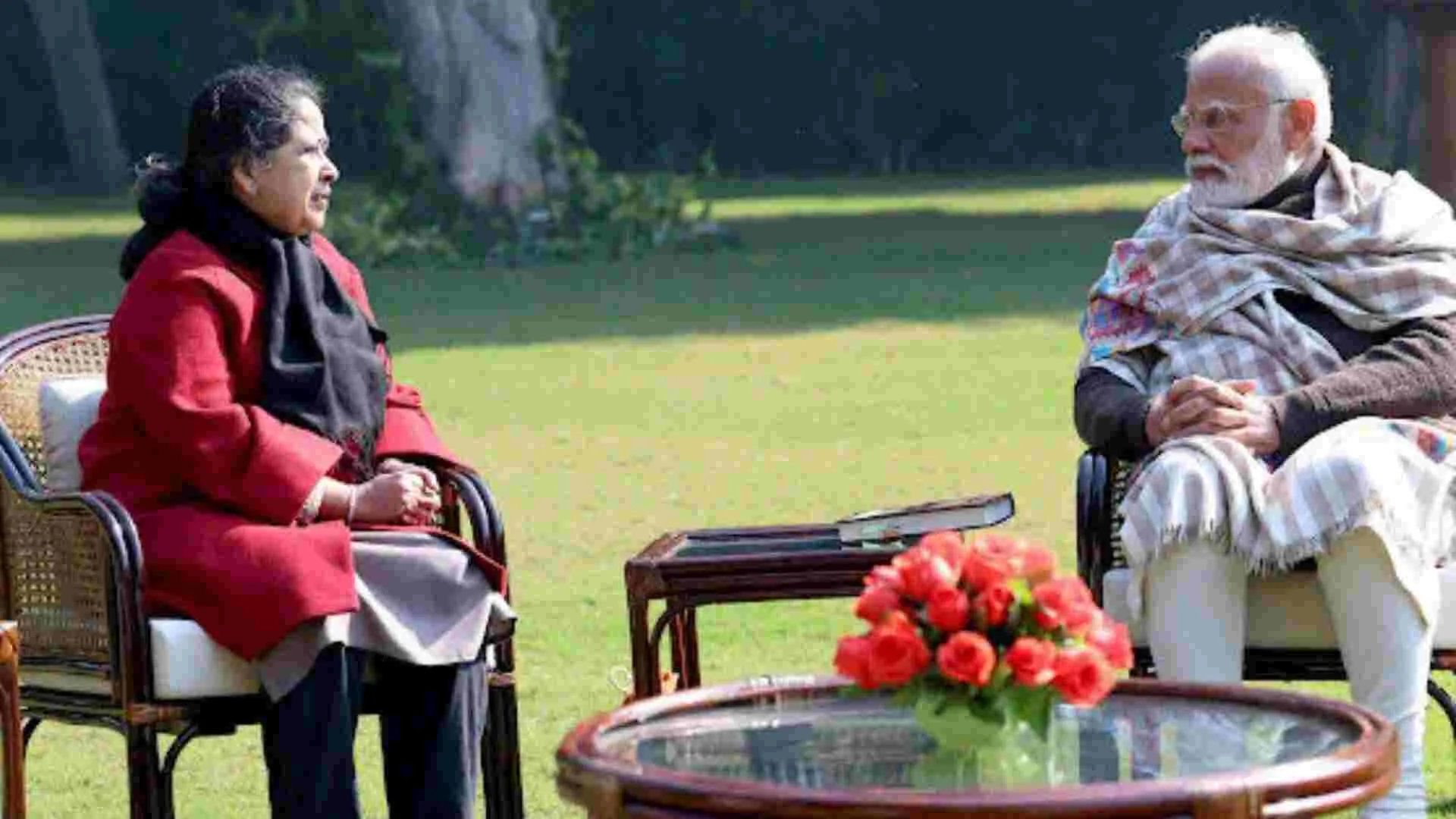The sudden spurt in Covid-19 cases due the second wave of the pandemic has left many people literally gasping for breath and begging for critical medical equipment and drugs. Many doctors working in the Covid hospitals feel helpless because they had never thought that items like oxygen and drugs, whose supply was taken for granted, would no longer be available. Healthcare workers, who are rightly fatigued after more than a year’s deployment in the Covid Combat Zone, were in for a big shock due to the failure of the basic healthcare supply chain. No one could have imagined that hospitals would ask relatives of the patients to arrange for oxygen cylinders or that religious place like gurdwaras would be organising oxygen ‘langars’ to provide the life-saving gas to the needy.

Upon a basic analysis of the crisis, it is evident that the extraordinary pain inflicted on patients, their relatives and the doctors has emanated from the failure of the healthcare supply chain which relied mainly on the unorganised sector. It appears that the administration never applied their minds to this crucial facet of healthcare for citizens.
It is interesting to learn that even during this crisis, the country was not short of oxygen because oxygen being utilised for industrial purposes was immediately diverted for medical use by the Government of India. The industry responded to this call by the government post haste. However, the healthcare supply chain did not have the capacity and resources to transport the oxygen from manufacturing units, most of which are co-located with the steel plants situated in the eastern part of India, to the consumption points, some of which were located more than a thousand kilometres away. It is evident that the problem was not in manufacturing, provisioning or procurement, but in transportation and distribution, which were the two most important links to the consumers.
Problems arising due to the inadequacy of transportation resources to deliver oxygen to the cities/towns were further accentuated by a simultaneous collapse of the distribution system in these towns. At a time when there was a crying need to fine-tune the distribution network to minimise the ill effects of a shortage of bulk supply because of skyrocketing demand, unscrupulous elements in the oxygen distribution network found it to be a golden opportunity to resort to black marketing and hoarding. It is extremely difficult to comprehend that officials in charge of the distribution network could not have foreseen such exploitation of citizens. Such a failure of last-mile delivery is obviously due to the incompetence or connivance, both of which are unacceptable to the society, where the lives of citizens are involved.
What was experienced by the population at large during the last one month has exposed major chinks in our civil administration’s armour. Citizens diligently contribute to the state by obeying government orders and discharge their obligations to the state by paying direct and indirect taxes. In return, the least they expect from the state is their safety especially during a crisis or pandemic. Unfortunately, the government functionaries who have been given power by the state refused to shoulder responsibility and offer accountability. Such crises demand total commitment, innovation and working in an operational mode, something which was not visible to the citizens, especially patients and their families.
There is a need to have a look at the supply chain of all medical equipment, drugs and oxygen, in case the nation does not wish to be surprised by the next phase of this pandemic or another such disaster. The world is becoming more vulnerable to such natural and human-made disasters which were earlier encountered only in fiction. A few steps which are within easy reach and do not need much investment must be immediately implemented.
The first step would be to wargame and plot realistic future contingencies which can disrupt the healthcare supply chain of the country or a region. This job can be easily undertaken by our think tanks and be presented to the civil administration and be documented after detailed discussion and evaluation at appropriate levels. All contingencies visualised must be realistic and for which workable solutions within the capacity of the state are feasible.
In order to put in place a sustainable and effective supply chain, there is an urgent need to map all available resources in terms of manufacturing facilities with capacities, transportation resources, both routine and ramped up numbers at times of crisis. Likewise, all the consumption centres which would generally be in the cities and towns must be identified and mapped. There is a need to understand the distribution network, especially under stress, evaluate the existing supply chain, understand the voids, and identify steps required to improve it.
During current times, smart use of technology can act as a game-changer. It is extremely important to use the latest software to help planning, implementation, monitoring and real-time information dissemination to all stakeholders. Multiple means of communication will make the system more responsive and reliable. Technology can also help real time tracking of bulk consignment as also retail distribution of oxygen cylinders using RFID and such other applications. The efficient use of technology can minimise malpractices and ensure accountability. In order to make a networked supply chain pan-India, this monitoring system must operate from Control Rooms established at all levels of administrative links from a tehsil to Central ministries at Delhi.
A network must be plotted based on the location of resources such as oxygen, drugs or critical medical devices manufacturers or distributors and the consumption points which are collocated with the population centres. At places where the turnaround time for a particular region is too long, local resources must be created in the form of oxygen generators or hold a greater number of oxygen concentrators and reserves of drugs/medical equipment in that area to meet emergent requirements. Hospitals can be located close to oxygen manufacturing facilities which can use piped oxygen supply which would cut down the turnaround time. A composite supply chain comprising of all modes of storage, transportation and distribution must be utilised to make it reliable. Cutting down the turnaround time and ensuring punctuality will make the supply chain efficient and reliable even during disruption.
Institutionalised policies regarding the holding of reserves by hospitals and manufacturers must be promulgated as part of essential and critical goods and services. Clear cut levels at which the alarm will be raised by the stakeholders must be laid down so that the administration can invoke necessary provisions to ramp up the production and transportation of critical resources. Besides oxygen, other healthcare components and drugs must be monitored using the same software or technology platform to ensure the nation is not surprised by any natural or manmade health disasters in the future.
Healthy citizens form a critical gross national power resource. It is extremely important for the state to ensure the health and safety of its citizens under all situations and circumstances. A pandemic of this magnitude is as much a national security challenge as a military attack by an irresponsible neighbour. Therefore, the country needs to wargame contingencies and be fully prepared to meet them so any virus or potential pandemics do not achieve in surprising us the way it did this time.
During 39 years of military service, Lt Gen Balbir Singh Sandhu secured the apex appointment of Director General of Supplies & Transport of Army, headed a force of approximate 75,000 officers, JCOs, jawans and civilians deployed across India. He also served as the Director General of Information Technology of the Army. He is actively involved with think tanks such as USI, CLAWS, IDSA and ORF. The views expressed are personal.

